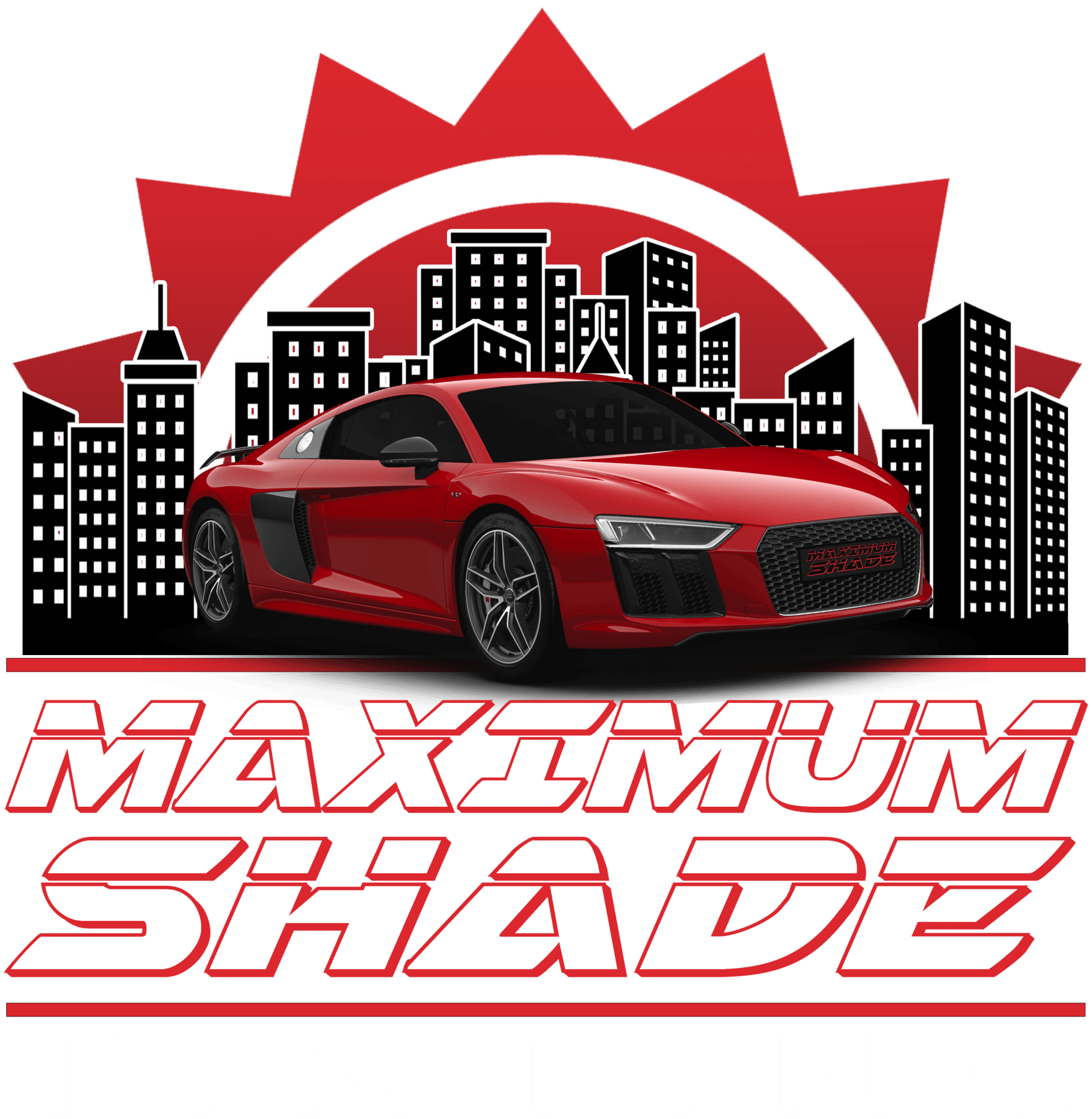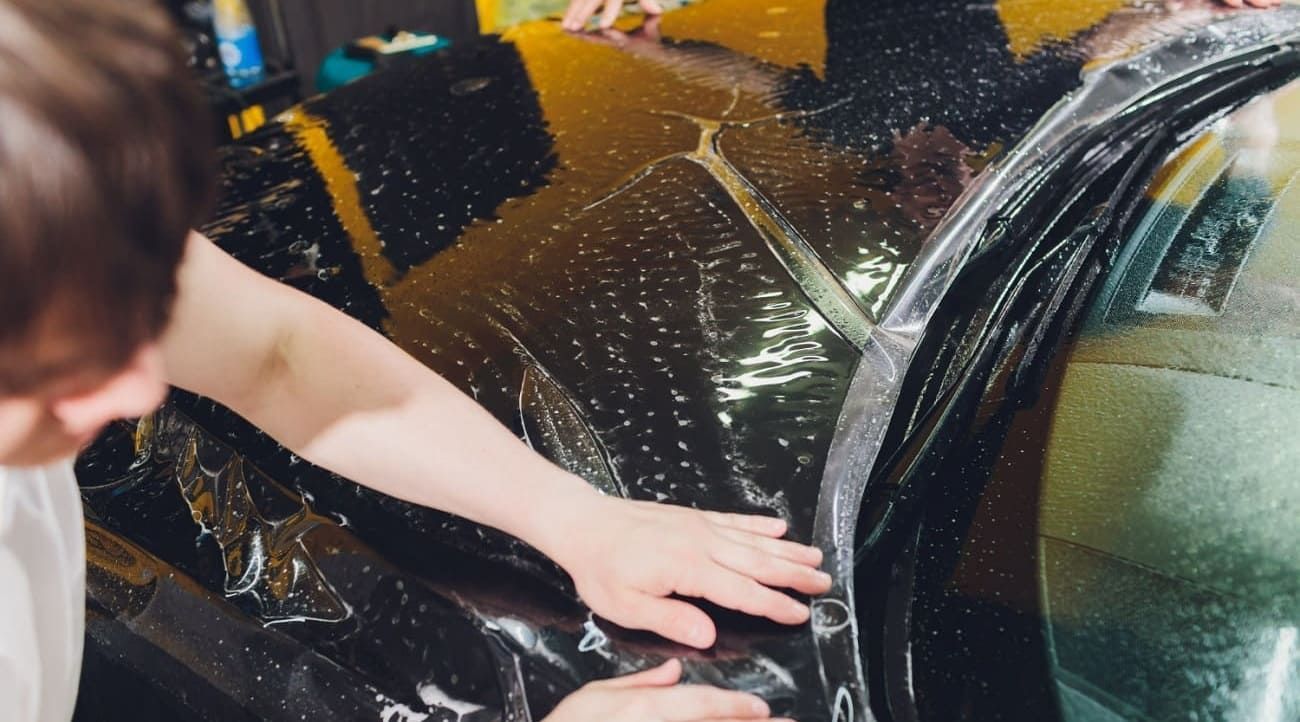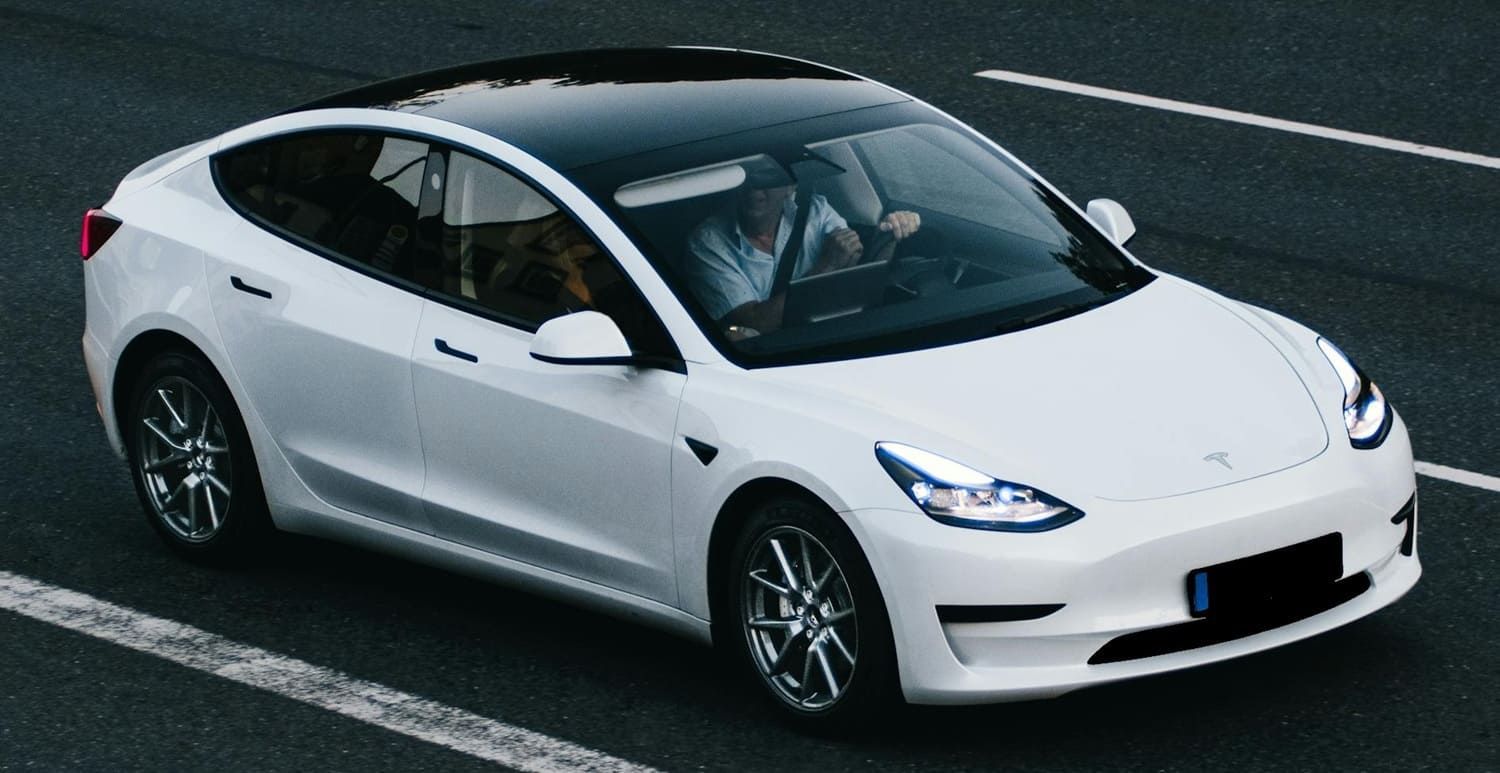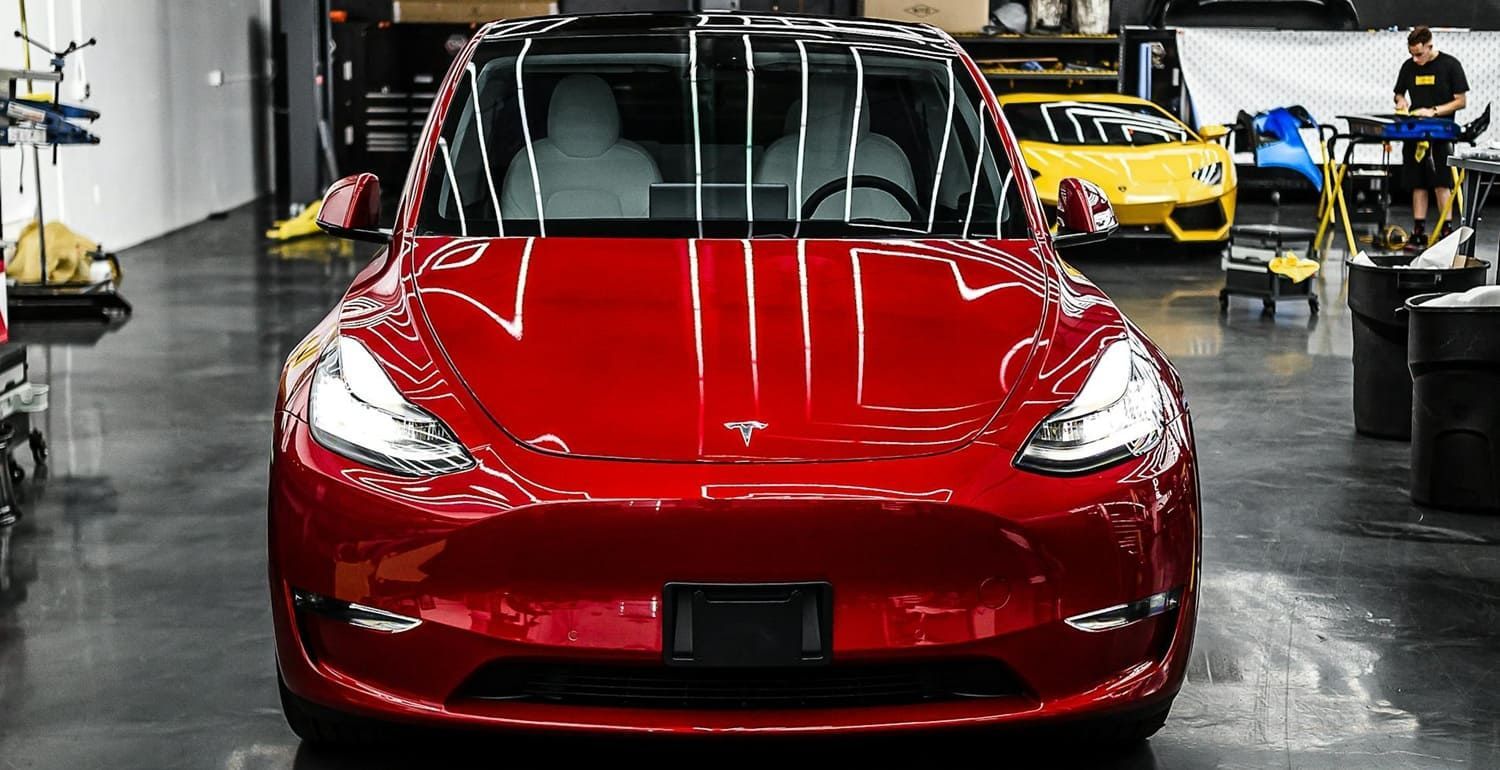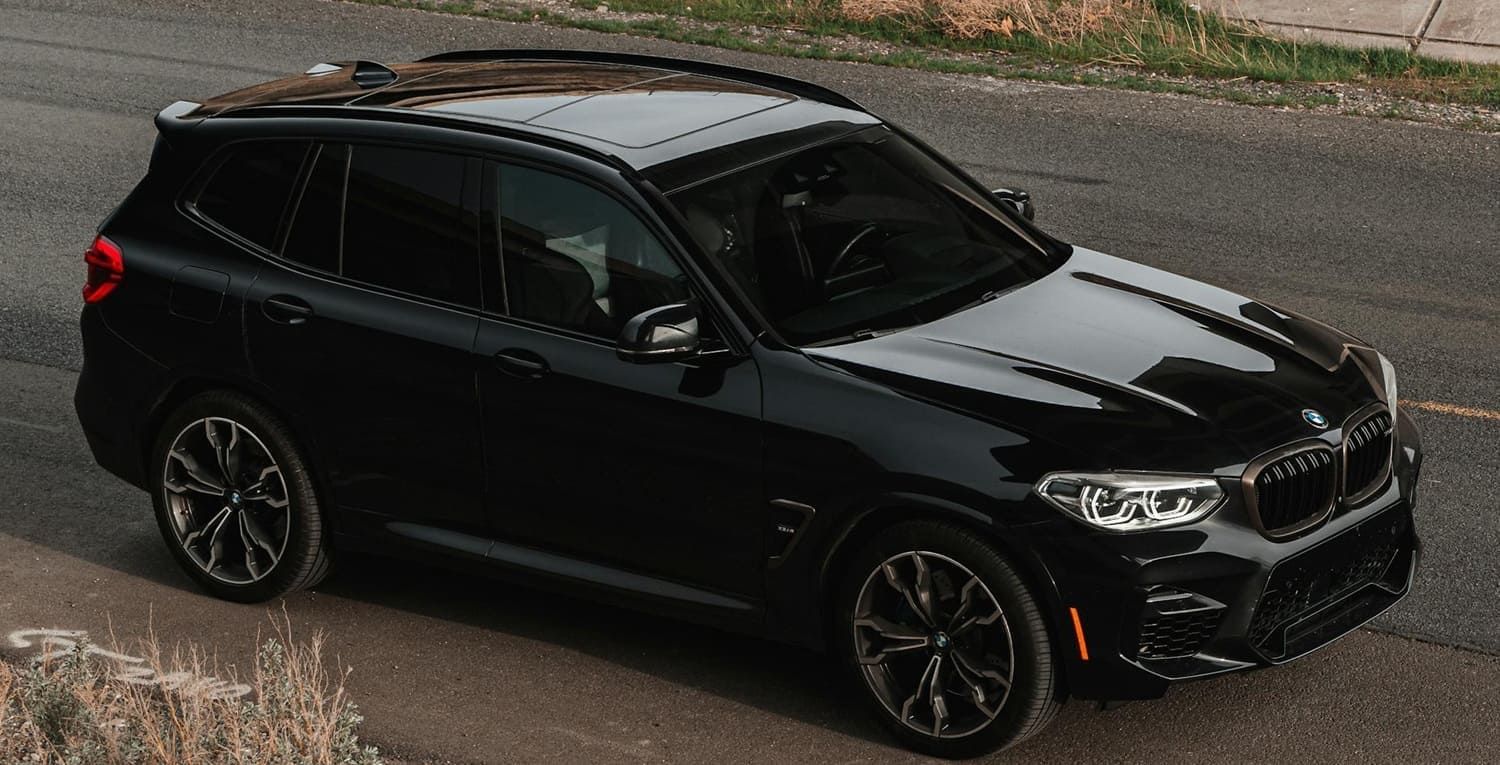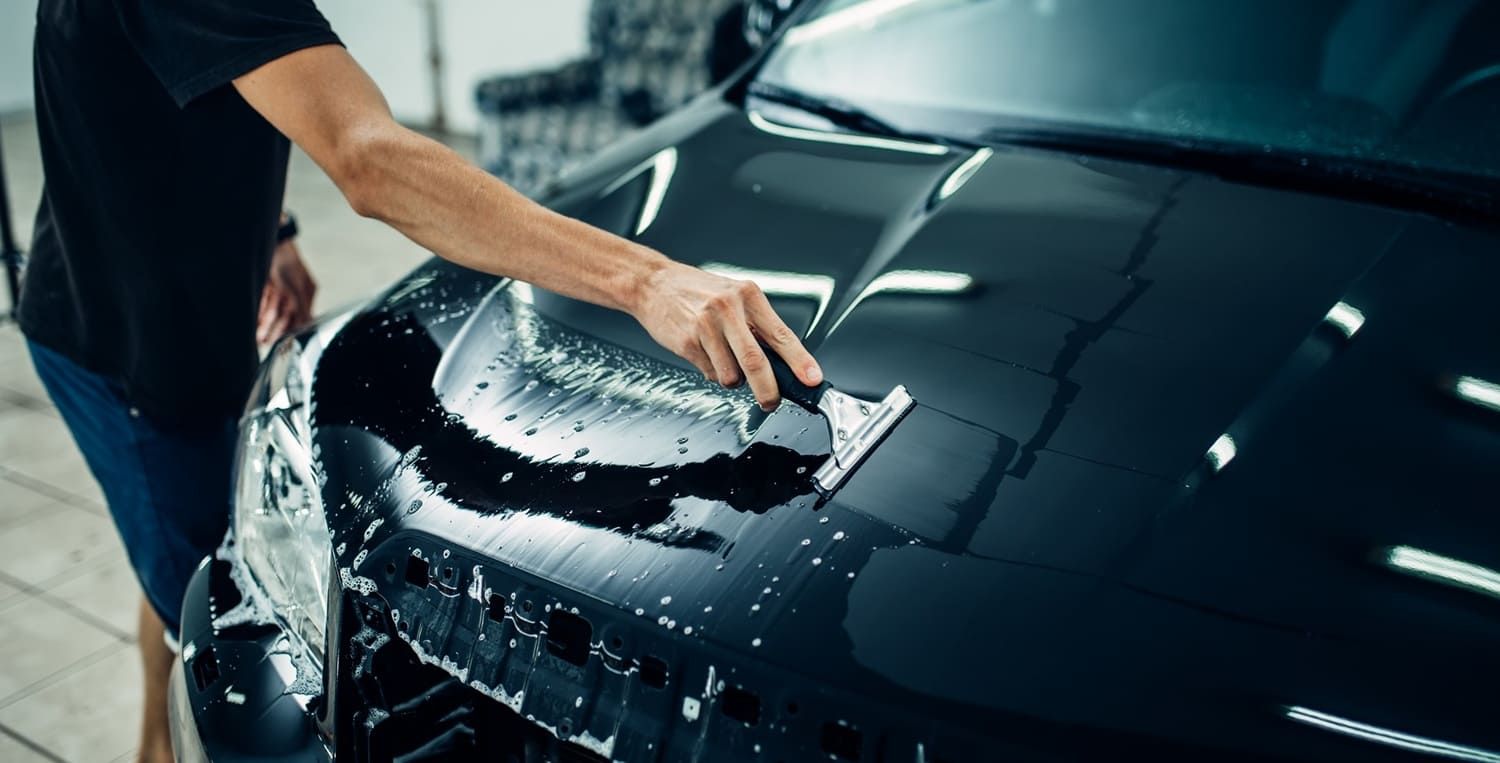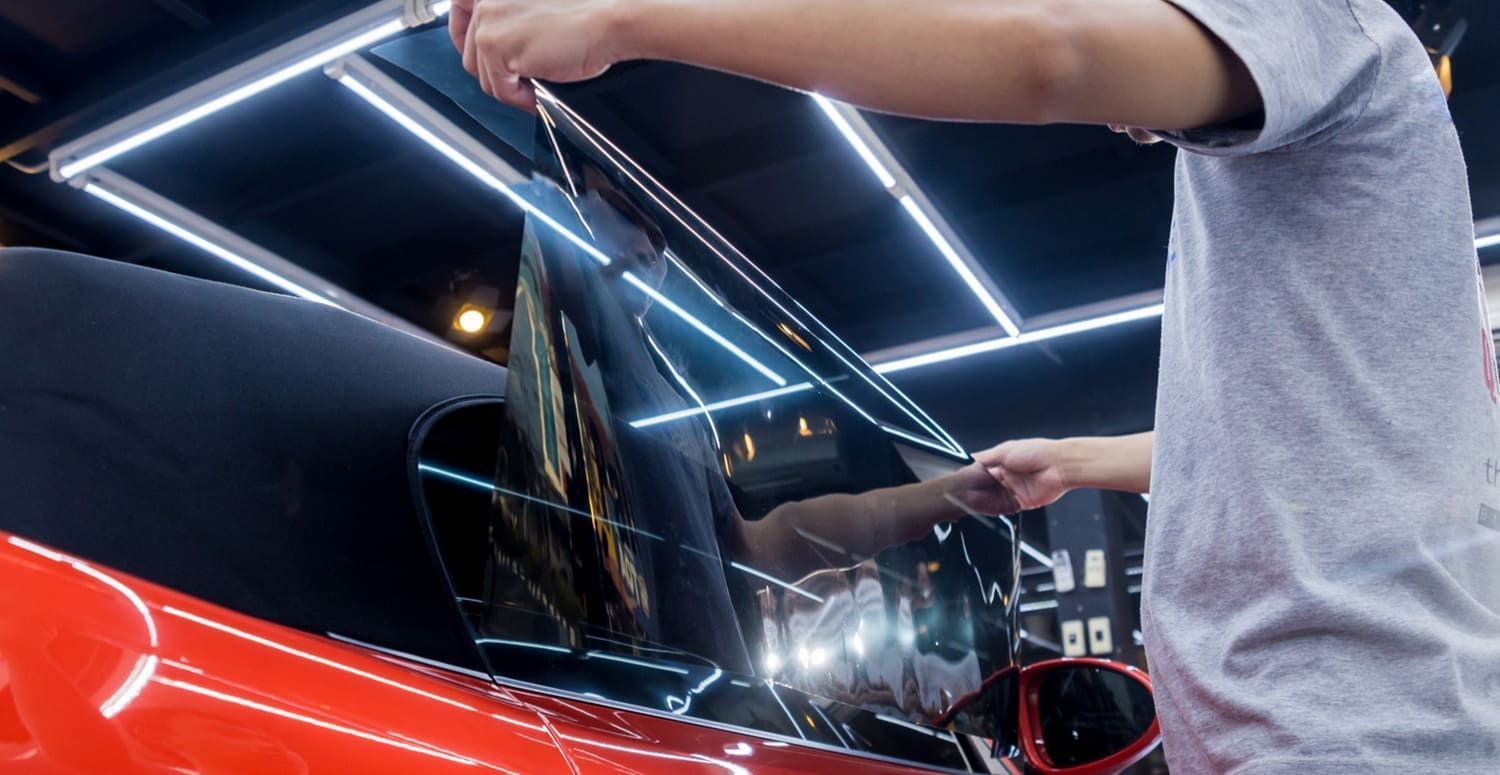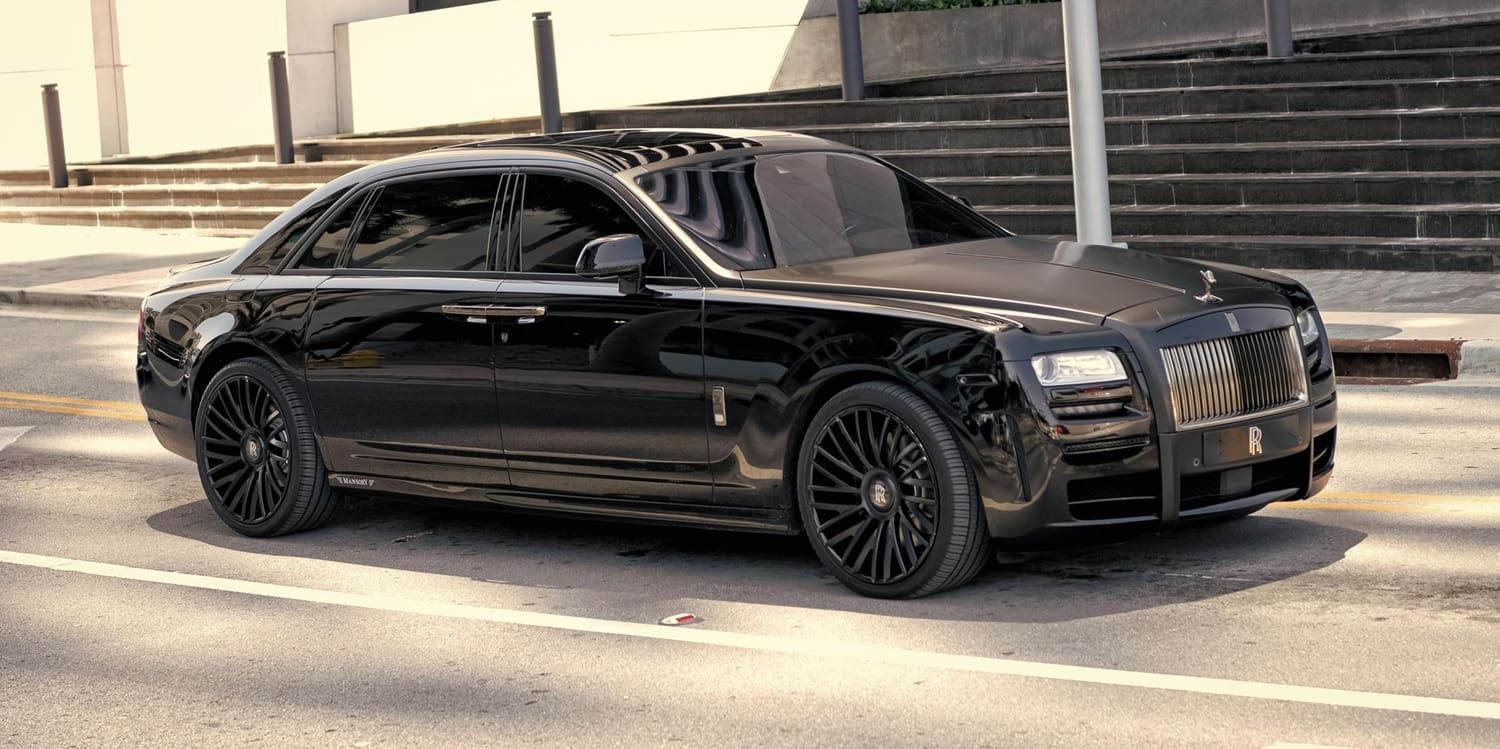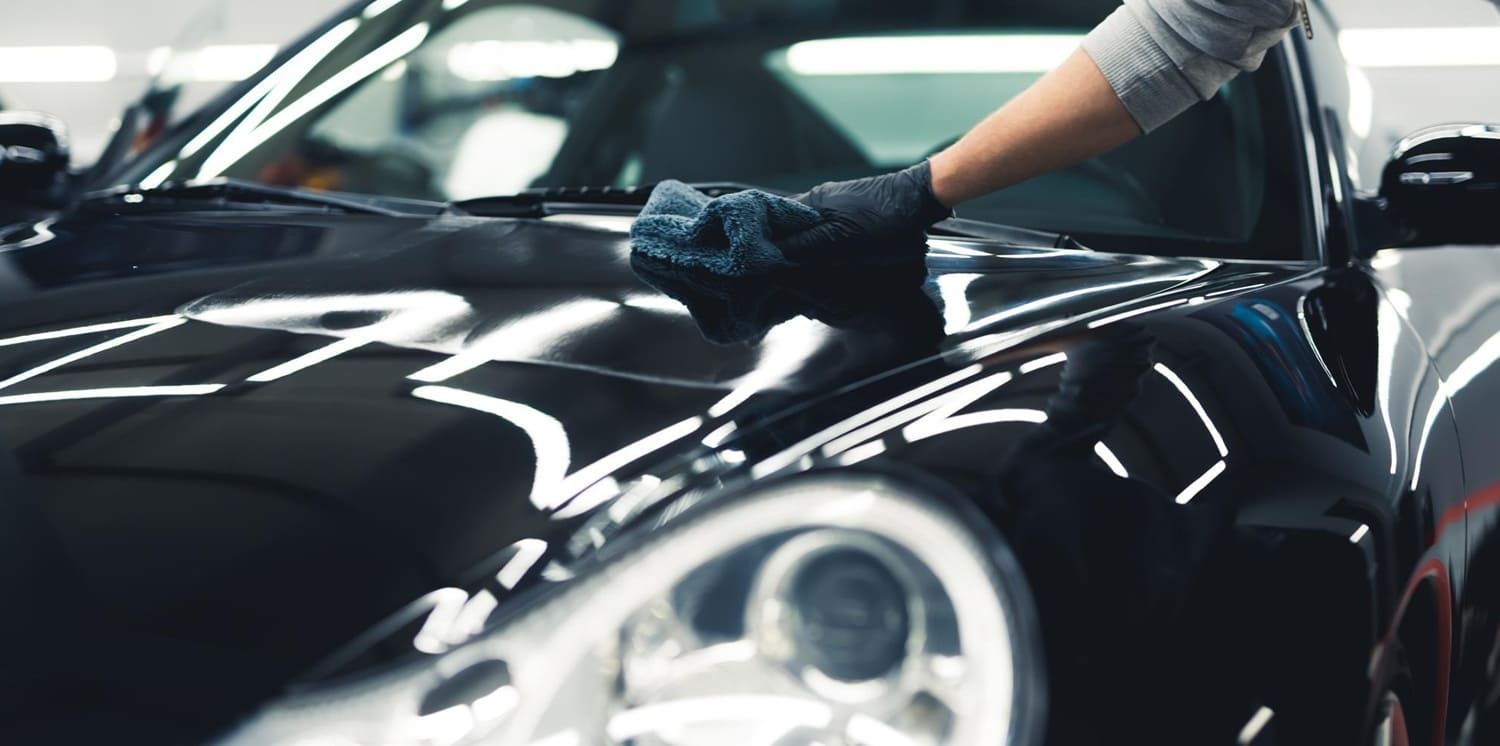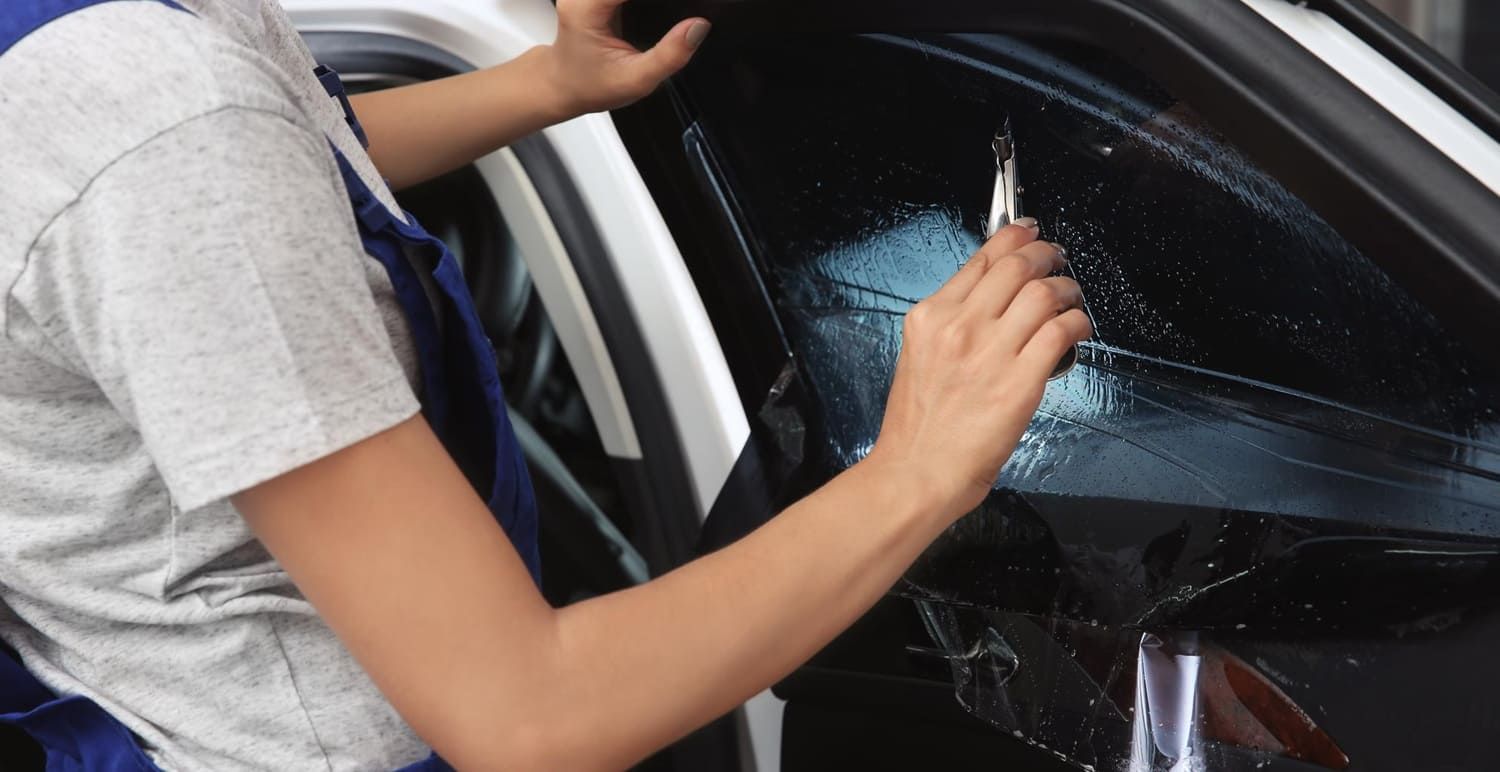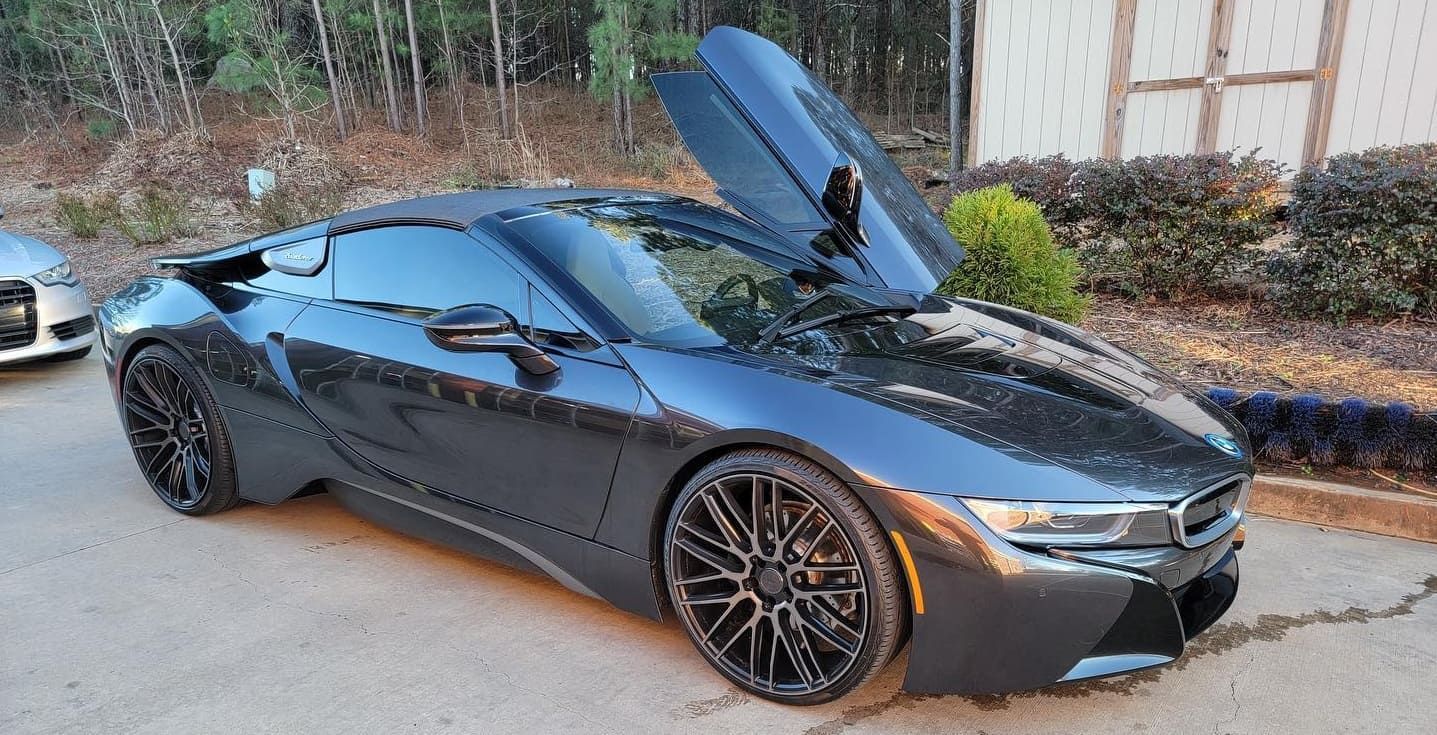Car Glass Tinting Near Me: Your Guide to Quality Services
Finding reliable auto window tinting nearby can transform your vehicle’s comfort, privacy, and UV protection. Whether you’re searching “window tinting near my location” or “local car window tinting,” this guide walks through the six critical steps—from understanding benefits to aftercare—to ensure you choose the right film, comply with regulations, and maintain long‑lasting, quality results.
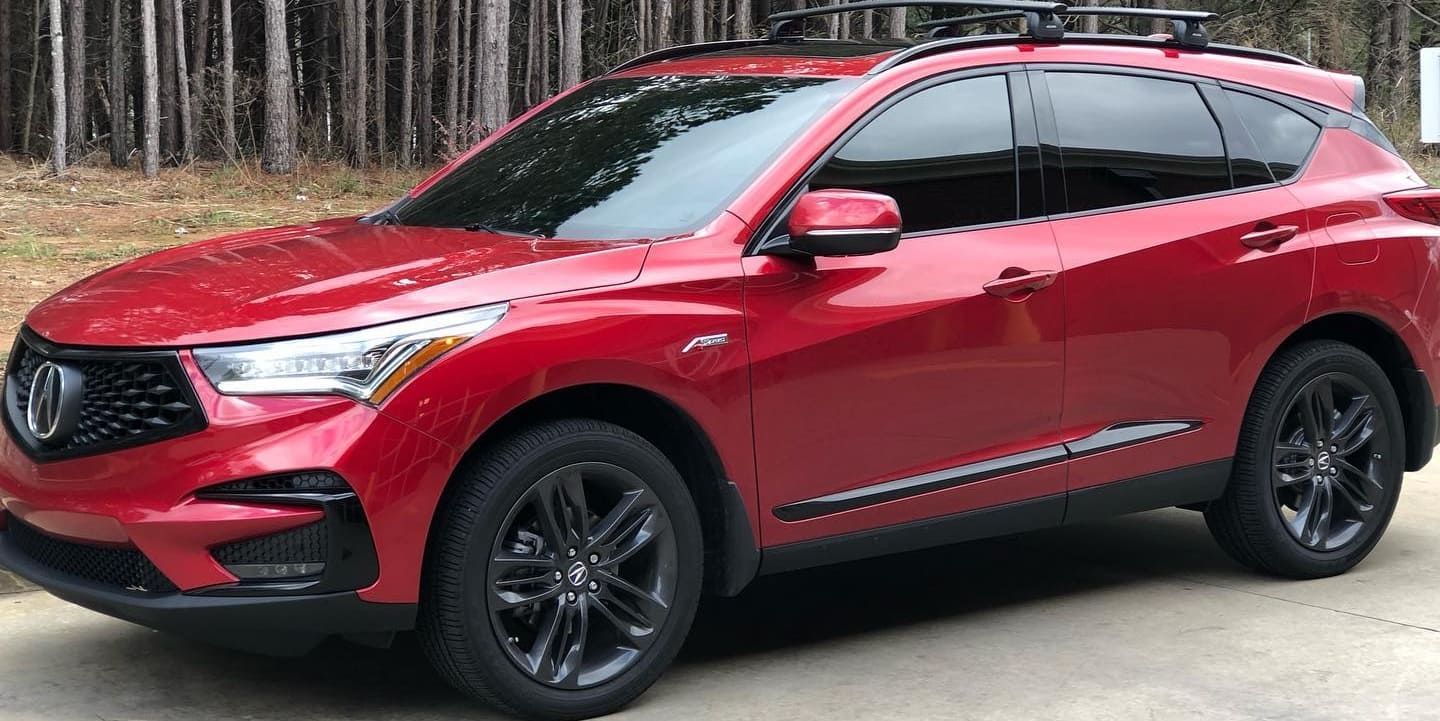
Key Takeaways
- Window tinting adds UV protection, glare reduction, and energy savings.
- Choose film based on UV/IR rejection, signal compatibility, and warranty.
- Select certified, OEM‑approved installers for bubble‑free, edge‑to‑edge coverage.
- Follow local VLT laws and keep manufacturer certification on hand.
- Maintain your tint with ammonia‑free cleaners and quarterly sealants.
1. Recognize the Advantages of Automotive Window Tinting – Key Benefits
Automotive window tinting improves cabin comfort, reduces glare, and blocks up to 99% of UV rays from harsh sunlight.
By adding a high‑quality ceramic or hybrid film, motor vehicle interiors stay cooler by as much as 30%, cutting air conditioning runtime and fuel consumption by 5–10%.
A professionally applied tint near Rhode Island glass companies or Queens auto detailing shops also protects upholstery and dashboard materials from fading, enhancing resale value and customer satisfaction.
2. Select the Right Tint Film for Your Needs – Film Selection Tips
Selecting the right window film hinges on desired performance: heat rejection, UV protection, privacy level, or a balance of all three.
Ceramic films offer infrared rejection of 40–50% and UV blocking of 99%, while metallic films cost 20–40% less but may interfere with mobile app signals and navigation electronics.
Brands like 3M™ Crystalline and Llumar® IR offer manufacturer warranties up to 10 years on ceramic options, making them ideal for drivers in Maryland, Connecticut, or Long Island seeking long‑term peace of mind.
3. Locate Top‑Rated Car Tinting Services Close By – Finding Trusted Installers
Finding “nearby window tinting” or “auto window tinting in my area” starts with reading verified reviews on Google, Yelp, and local Facebook groups.
Look for installers certified by original equipment manufacturers (OEM) and offering ANSI or ISO standards for safety glass and ceramic coatings.
Shops partnering with Safelite® or offering mobile tint services often provide on‑site installation, reducing wait times and ensuring consistent adhesion without ammonia‑based cleaners.
4. Comply With Local Window Tint Regulations – State Law Checklist
Compliance with local tint laws prevents fines and inspection failures by ensuring your side and rear windshields meet visible light transmission (VLT) limits.
States like Vermont and Delaware permit 35% VLT on front side windows, while New Hampshire and Iowa require at least 50% VLT on both front and rear side windows.
Always carry manufacturer tint certificates and a safety data sheet (SDS) for your film’s polyvinyl butyral adhesive to present at any traffic stop or safety inspection.
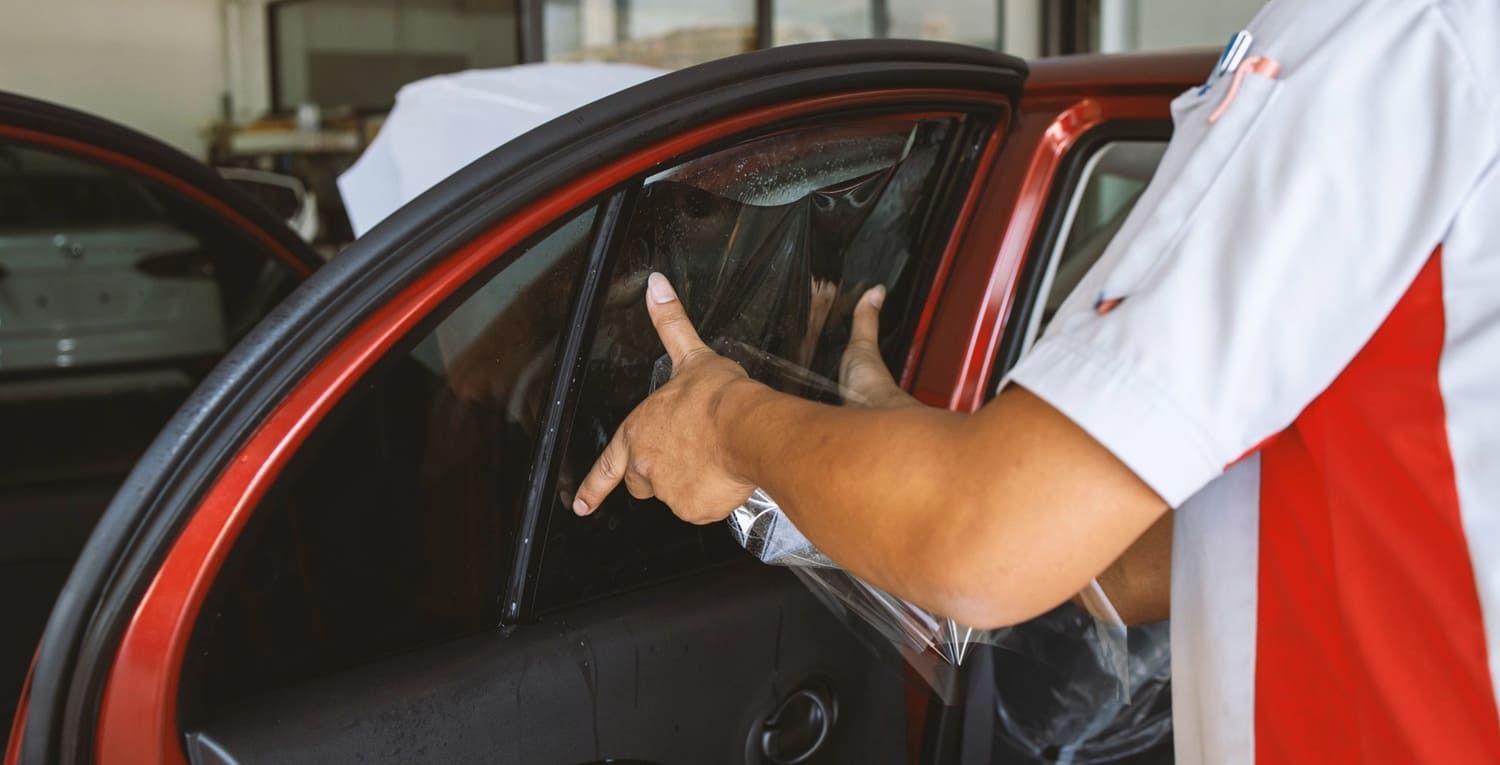
5. Identify Hallmarks of a Professional Tint Job – Quality Inspection Points
A professional tint job boasts bubble‑free, edge‑to‑edge coverage and uniform shade across every pane without peeling or lifting.
Inspect for clean-cut trims around pillars and quarter glass, consistent UV‑blocking performance measured by an infrared reader, and manufacturer labels stuck discreetly but legibly.
Top‑rated shops often include a written warranty covering adhesive failure, discoloration, or cracking for up to five years, backed by 24/7 customer service hotlines.
6. Care for Your Newly Tinted Car Glass – Maintenance Best Practices
Caring for fresh tint involves waiting 72 hours before rolling down windows and using a non‑abrasive window cleaner free of ammonia or alcohol.
Regularly dust off dirt with a soft microfiber bottle or cloth, and apply a ceramic‑safe spray sealant quarterly to maintain infrared resistance and ease of cleaning.
Proper maintenance prolongs durability up to 8–10 years, prevents scratches on tempered glass, and sustains energy savings within your vehicle’s air conditioning system.
Conclusion: Why Choose Maximum Shade Tinting for Your Window Tinting Needs
At Maximum Shade Tinting, located in the heart of Buford, GA, we specialize in providing high-quality window tinting solutions that not only elevate the aesthetics of your vehicle but also enhance its comfort and protection. As a professional, I understand the transformative power of tinting—how it can reduce heat, block harmful UV rays, and add a layer of privacy—all while improving the overall look of your car. With years of expertise in the industry, I am committed to offering the best products and services tailored to meet the unique needs of each customer.
One of the best aspects of choosing Maximum Shade Tinting is our commitment to transparency and customer satisfaction. That’s why I offer free estimates for all our services. Whether you’re uncertain about the type of tint that would best suit your vehicle or you want to know how much the service will cost, I’m here to provide you with an honest and straightforward assessment. Visiting us for a free estimate will give you the opportunity to discuss your options, ask questions, and receive expert advice, ensuring that you make the best decision for your tinting needs. I'm proud to serve the Buford community and look forward to helping you enhance your vehicle with our top-notch tinting solutions!
Can I tint only my side windows legally?
Yes, you can tint side windows if the film meets your state’s minimum VLT requirements and you carry certification.
How long does professional window tint last?
High‑quality ceramic tint can last 8–10 years with proper care; dyed films average 3–5 years.
Will window tint interfere with my car’s electronics?
Non‑metallic ceramic films avoid signal interference, ensuring reliable GPS, mobile, and radio connectivity.
How soon can I roll down tinted windows?
Wait at least 72 hours post‑installation to allow the adhesive to cure and prevent peeling.
Do I need a permit for automotive window tint?
Most states don’t require a special permit, but you must adhere to legal VLT percentages and carry your installer’s certificate.
Quality car glass tinting near me relies on knowing the benefits, choosing the right film, and hiring certified installers. Compliance with state VLT laws and inspecting installation details protect you from fines and poor performance. Regular maintenance with ammonia‑free cleaners and sealants extends tint life and keeps your vehicle cooler. Following these six steps ensures lasting comfort, privacy, and UV protection for your motor vehicle.
